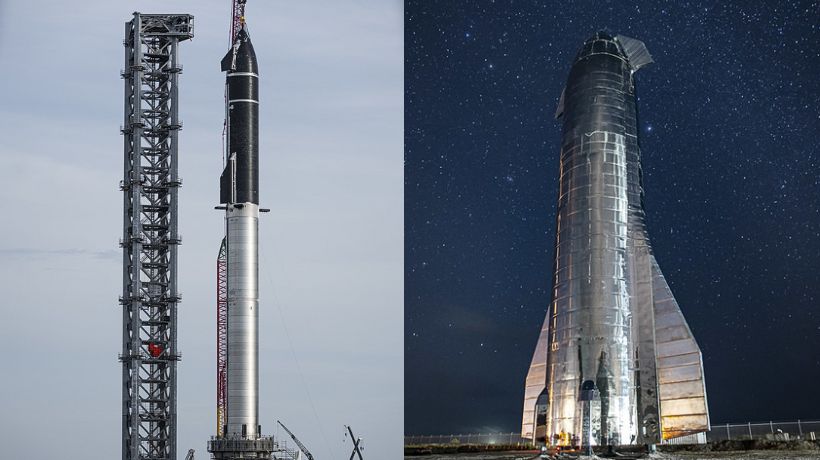
A day ago SpaceX was all set to launch its fully stacked starship (Starship on top of Super Heavy Booster) for its orbital launch. SpaceX had launched the starship many times before but they have not launched it to height beyond 10 Kilometers (KMs) above sea level. Also they have not launched it on top of its booster yet. So, SpaceX was ready to launch the Starship yesterday. Not only the fully stacked rocket had to be launched also it was destined to go into earth’s orbit, making it first orbital flight of Starship. SpaceX was targeting 8:20 am US Central Time (CT) as the launch time, however launch could not go as per schedule due to a pressure valve malfunction aboard the rocket.
Elon Musk, the owner of SpaceX informed about it via twitter in following words.
A pressurant valve appears to be frozen, so unless it starts operating soon, no launch today.
A Tweet by Elon Musk
Unfortunately, same things happened, as per predicted by Elon Musk, the countdown continued until T-40 seconds (40 seconds before launch), however SpaceX team could not resolve the pressurant valve malfunction, the launch countdown stopped on T-40 seconds and Starship orbital launch scrubbed on April 17.
However, soon after, the SpaceX announced details about a backup launch opportunity. The backup launch window opens on 8:28 AM CT on April 20 and closes on 9:30 AM CT on same day. So, it will be 62 minute window in which SpaceX will have opportunity to launch the fully stacked Starship rocket to the earth’s orbit.
SpaceX also revealed about the next opportunity on its twitter account via a tweet with following text.
Teams are working towards Thursday, April 20 for the first flight test of a fully integrated Starship and Super Heavy rocket.
A Tweet by SpaceX
About Starship
Starship is an integral part of SpaceX’s and Elon Musk’s vision to make the humans multiplanetary species. Elon Musk the owner and founder of SpaceX wants to establish the permanent presence of humans on surface of mars. He even want build a self sustaining city on Mars for humans. According to Elon Musk, it high time that we work towards being multiplanetary species, otherwise human race may be met with fate which Dinosaurs have met when in a prehistoric event an asteroid hitting earth caused the extinction of Dinosaurs. Again Starship will play an integral role in transporting people and equipment to Mars.
NASA, the American space agency, also have a similar program called Artemis program. As per Artemis program NASA is not only interested in putting people on moon but also establish permanent human presence on moon for scientific discoveries and more. NASA also have plans to collaborate with SpaceX and use the Starship for resupply missions as well as possibly transporting humans to moon and back.
Elon Musk also not only wants to put people on mars but in the distinct future sees human race as a species which spreads into the universe. So lots of future plans are relying on the Starship integrated with the Super Heavy Booster.
The upcoming orbital flight of fully integrated Starship and the Super Heavy Booster, will be one of many test flights of Starship in order to perfect the Starship and the integrated booster. SpaceX follows an iterative process to testout and perfect its rockets and boosters. They have already flown and destroyed many starships in same process. They have much more ready for the flight tests which are coming up.
Previously, starship perfected its rockets like falcon 9 and falcon heavy etc using similar iterative testing processes. Each successful or even unsuccessful launch generates lots of valuable data for SpaceX to analyse and use the findings to improve the future rockets, boosters and other equipments.
Meanwhile NASA have recently announced the names and details of four astronauts who will aboard the NASA Orion spaceship as part of Artemis II mission to return to the moon. They will remain in orbit of moon for the period 10 hours and will return back home. If you are interested, check the details of Artemis II mission and the astronauts. According to NASA, the humans will step foot on the moon surface again from the Artemis III mission and so on.